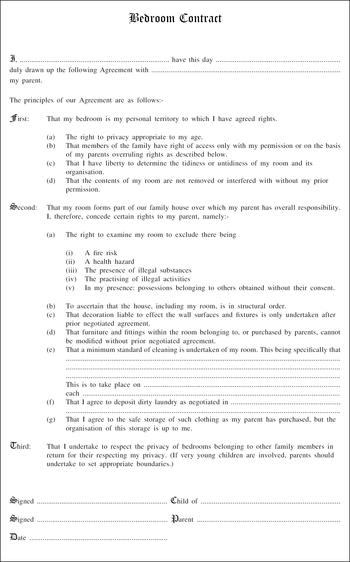All adolescent psychiatrists will know untidy bedrooms to be part of the day-to-day currency of parent-child frustration. Is it too universal to achieve caseness and a place in ICD-11? Nowadays, when an adolescent is described as having a tidy bedroom, my mind starts reviewing their other symptoms to check for a developmental disorder. Universality has not, however, generated many helpful therapy strategies in psychiatric textbooks.

Very reasonably, behaviourists see this as a statement of individuality, and separation of the adolescent's will from that of his or her family. Family therapists would perhaps insist the process was more dynamic and involved active protest motivated by a need for autonomy. Developmentalists would propose this as another phase in identity differentiation and formation. Psychotherapists might interpret the untidiness as emotional chaos unleashed by the struggle with separation from the parent. The jobbing child and adolescent psychiatrist simply wants a strategy to take the heat out of family conflict.
Some years ago I was working with a barrister's family where the problem was “the hostile attitude of our daughter”. I struggled to engage this barrister, he clearly perceived me as hopelessly vague and pragmatic. Had he not presented his case with irrefutable evidence? Was the case not proven? Meanwhile his daughter was conveying her exasperation by every non-verbal means available; the mother trying to mediate (as was her habitual role). A judicial ruling was clearly being sought.
The ‘contract’ that follows was in lieu of that ruling. I have used this contract often as a means to get families debating the real issues behind the complaint of untidy bedrooms. I am sure the problem has been exacerbated by the great efforts some parents make to furnish children's bedrooms nowadays, and the cost of the clothes and CDs that cover the floor. Only the original barrister attempted to get the contract signed, most parents simply have fun with their teenagers trying to fit their complaints into the framework provided. Hopefully disequilibrium generates an opening for change.



eLetters
No eLetters have been published for this article.